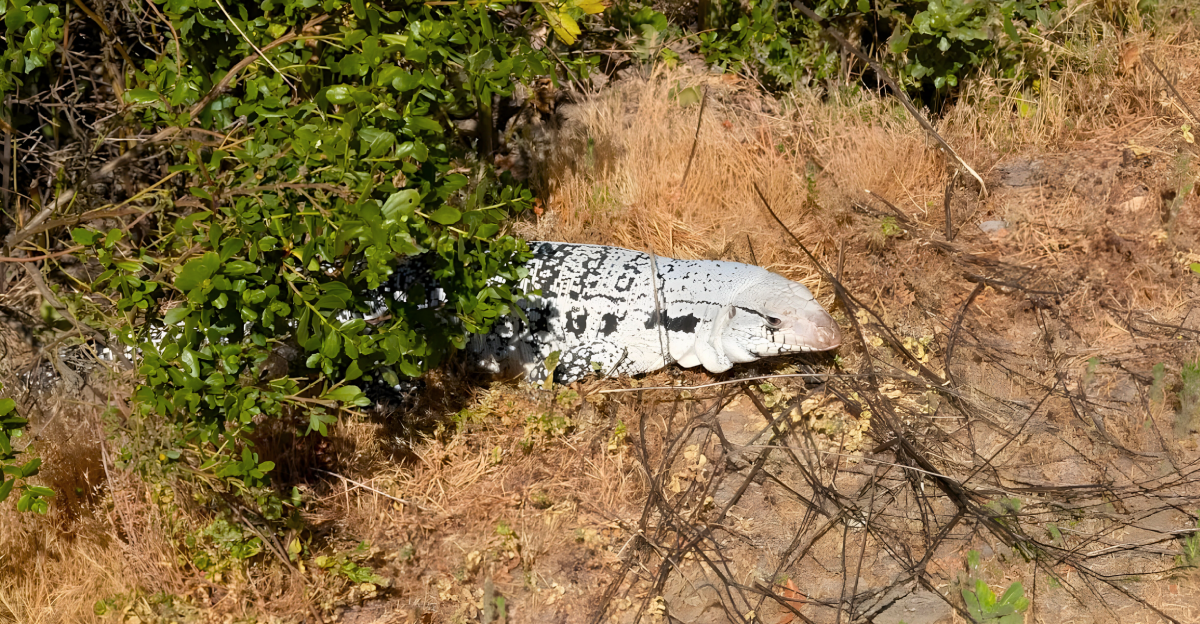
Nervousness swept through a crowded California state park when officials gave a hasty alert to thousands of hikers. A creature, not endemic to the park, was spotted, and rangers needed to act fast. Visitors were warned not to approach the animal and to report any sightings to help park authorities address a growing concern. The shocking warning spread over social media, with tweets and speculation of a “giant predator” lurking in the park.
The question is: What on earth would require this sort of rapid response from seasoned rangers?
Invasive Species: America’s Hidden Crisis
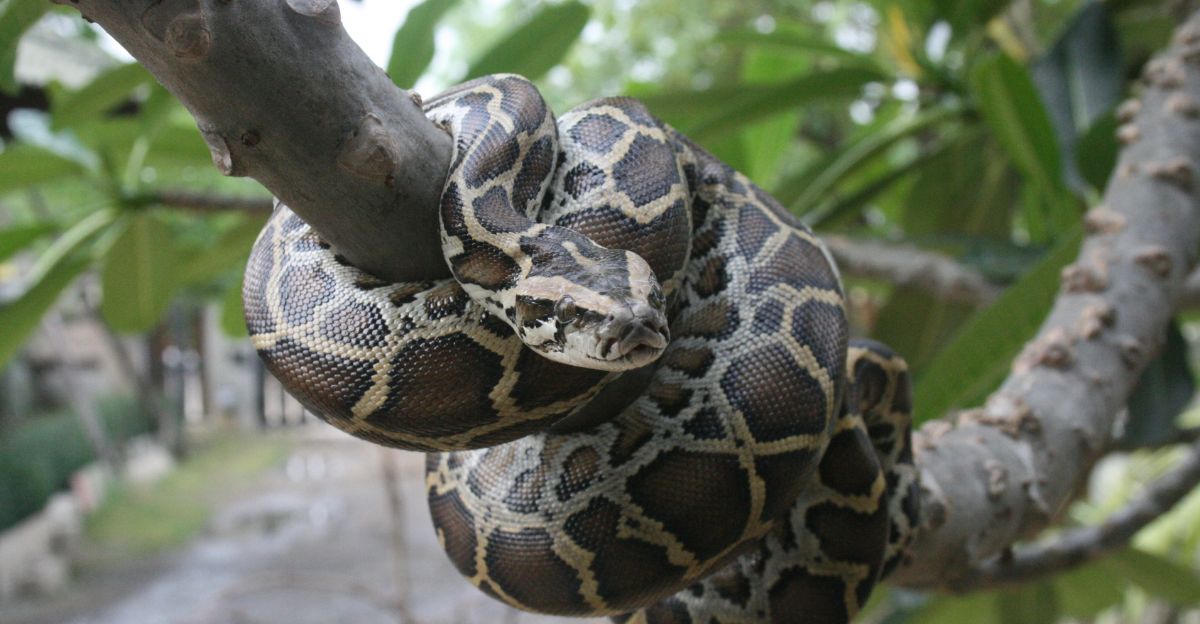
Invasive species are rewriting nature’s playbook across America. From Burmese pythons dominating the Everglades to zebra mussels strangling the Great Lakes, invaders cost the U.S. billions while threatening native wildlife in shocking and devastating ways. National parks, the keystone of American wildlife diversity, have become battlefields where rangers fight to preserve fragile ecosystems from non-native invaders that disrupt food chains and push local animals to the point of extinction.
The Introduction of Invasive Species

Invasive species are most often introduced into America’s waterways, woodlands, parks, and swamps through human activity. This might be intentionally through the illegal pet trade, horticulture, or agriculture or unintentionally by species that hitchhike in or on cargo ships, ballast water, or travelers. For example, Burmese pythons became invasive in Florida after being released or escaping from captivity. In doing so, they disrupt local ecosystems and threaten native wildlife.
The Chase to Apprehend a Camouflaged Raider

Inside the park, a frantic search began. Rangers and wildlife specialists, with nets and radios at the ready, trekked through trails and scrub, responding to hikers’ anxious reports.
The public watched with fascination and concern as officials appealed to people to stay calm and cooperative for their own protection. Meanwhile, social media blew up with gossip about “mystery lizards” in the park. The hunt was on—not just to catch the intruder but to stop a possible ecological disaster before it was too late.
How Did This Intruder End Up There?

This didn’t just happen in a vacuum. According to the Smithsonian Magazine, traders began importing this particular creature into the U.S. roughly 30 years ago. Since it’s legal to own one in California, it’s plausible that one may have escaped captivity, as this has happened in the past. However innocent the incident may be, it’s a cause for concern as these creatures may take a liking to the state’s increasingly warm climate, threatening entire ecosystems.
Argentine Black and White Tegu Revealed
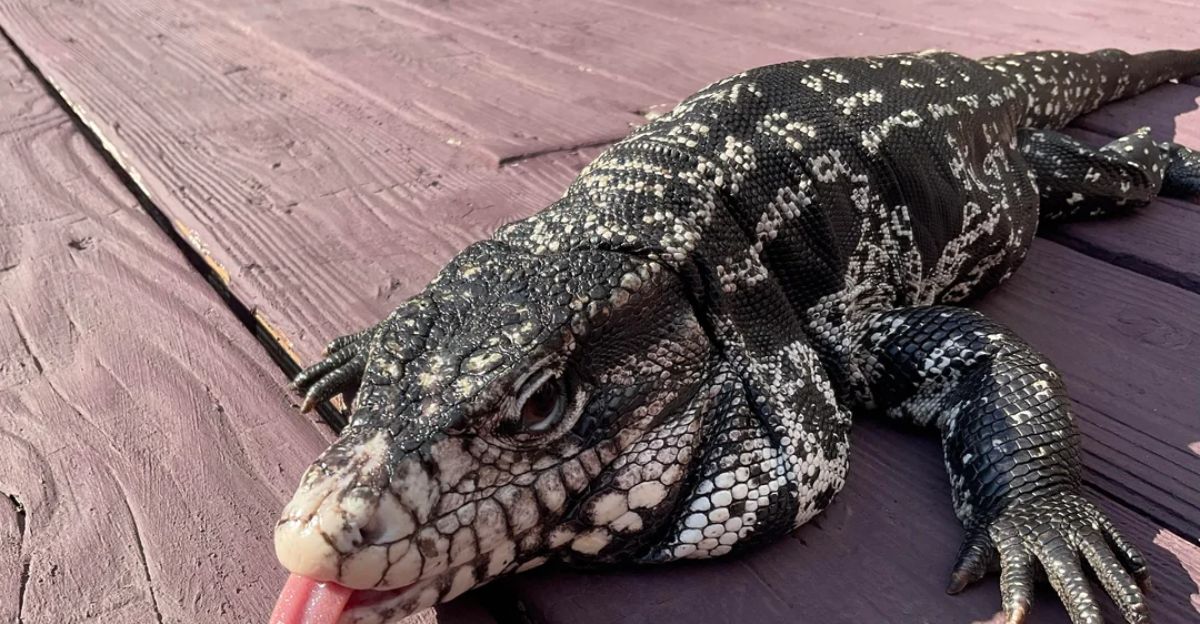
The Smithsonian Magazine reports that park officials were chasing an Argentine black-and-white tegu, a large lizard native to South America (endemic to Brazil, Paraguay, eastern Uruguay, and northern Argentina), that had been spotted in Joseph D. Grant County Park just outside San José.
Growing up to five feet long and weighing over 10 pounds, the tegu is a common intruder in other states, such as Florida, where they have bred self-sustaining populations.
After hikers reported the initial sighting, rangers requested that visitors, who can number more than 4,000 during the weekend, “back away” and inform officials.
Why Are Tegus Considered Invasive?
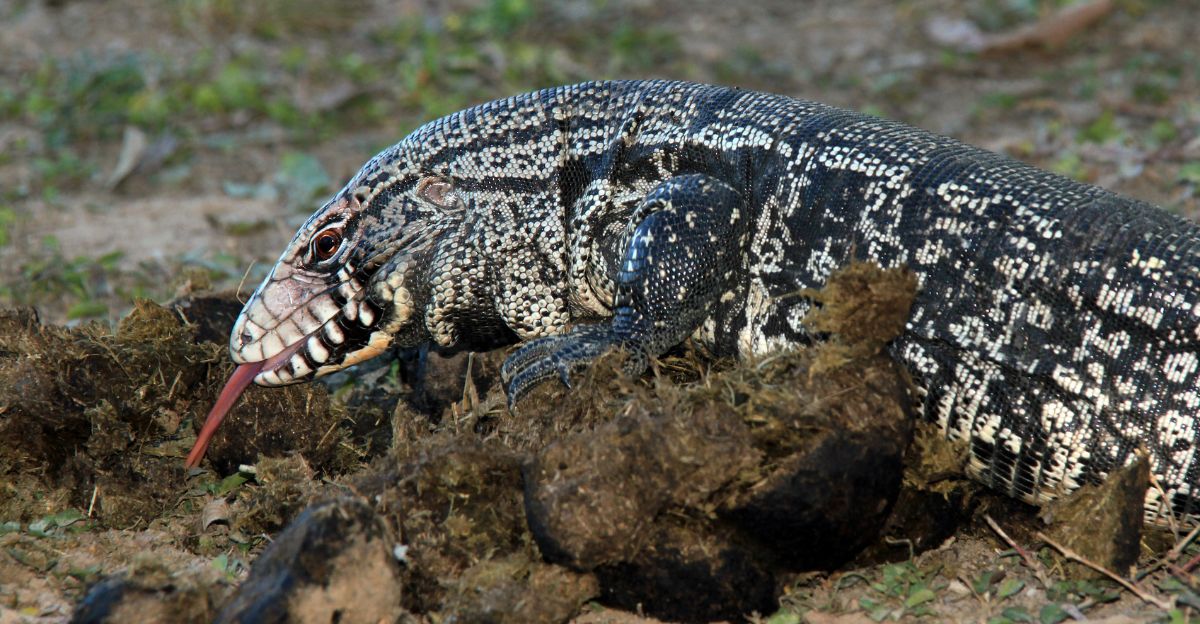
Tegus aren’t just large—they’re ecological pests. The Smithsonian reports that the white and black striped lizards aren’t picky eaters. They feed primarily on eggs, small mammals, birds, and reptiles, threatening indigenous wildlife and sabotaging intricate food webs. Their speed and rapid breeding make them particularly dangerous if they become established. In Florida, where tegus have taken hold, they’ve caused quantifiable losses to indigenous animals.
Are Human Beings at Risk? The Park’s Response
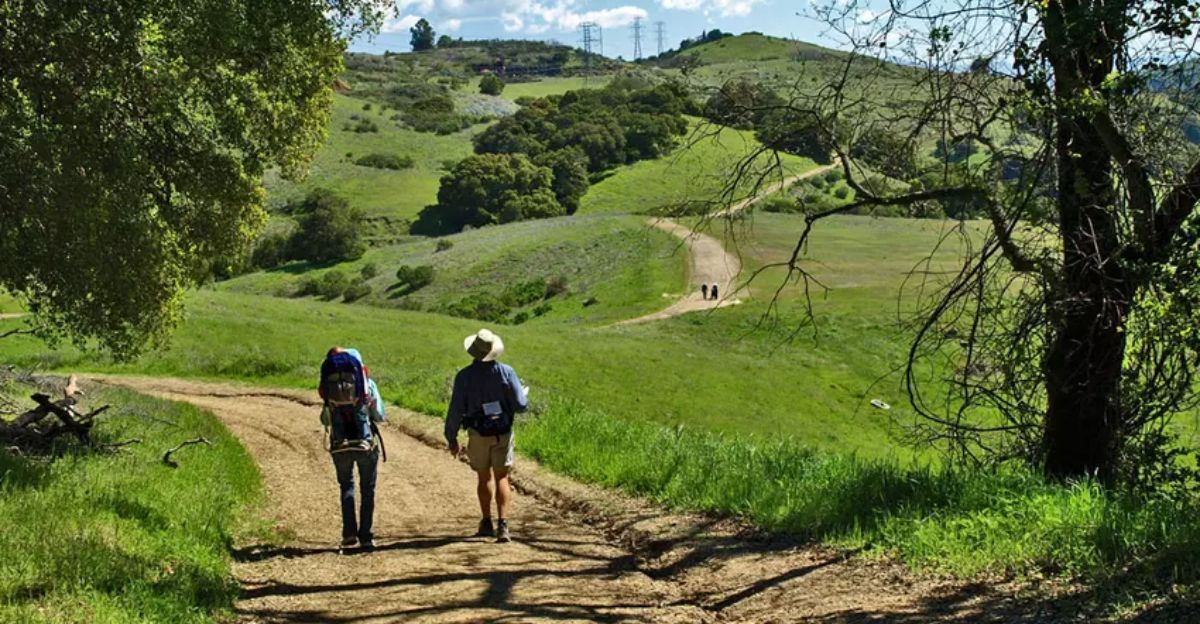
While intimidating in scale, tegus aren’t typically aggressive and pose no significant threat to humans. Santa Clara County Parks explained on Facebook: “They are docile, so they won’t harm people, but they do not belong in county parks.” Therefore, park rangers have moved quickly, deploying staff and issuing official park statements on Facebook: “Please do not go searching for the tegu or trap it…. If you see it, back away safely and notify rangers as soon as possible.”
Tegus and the Ripple Effect on Ecosystems
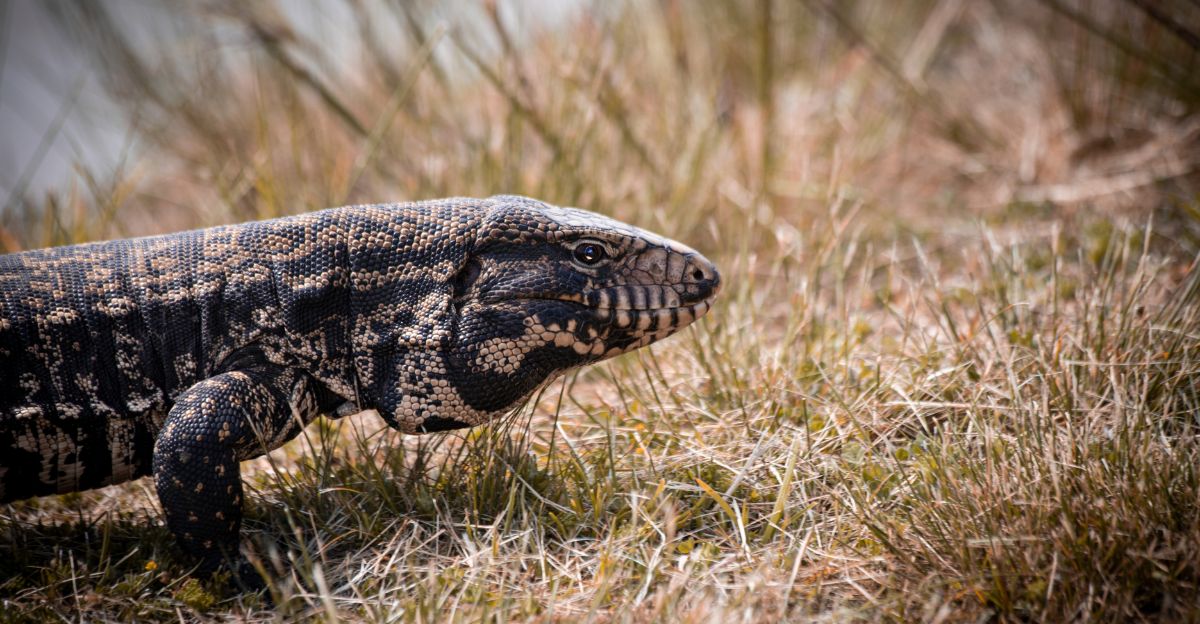
The presence of a single tegu can be a sign of a larger change. By consuming eggs and young animals, tegus reduce biodiversity, redesign food chains, and can unleash cascading effects on the whole ecosystem. Their presence is an uncomfortable reminder of the rate at which invasive species can unravel years’ worth of conservation work. Kevin Donmoyer, a biologist in Florida, explained that: “We can slow them down, but we can’t stop them.”
What’s Next? Lessons and Warnings for the Future
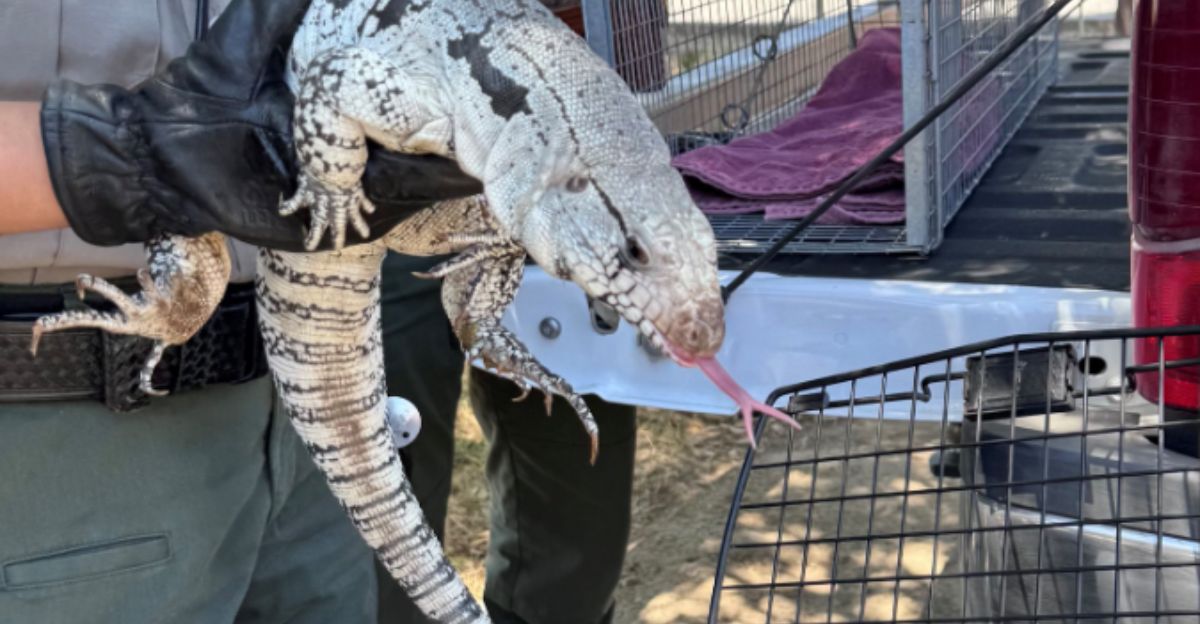
After a five-day search, KTVU reported that the tegu was captured, unharmed, on the dam at Grant Lake. The incident emphasizes the need for better regulation of exotic pets, public education, and ongoing monitoring.
It’s a call to action for Californians and anyone who cares about the future of America’s natural ecosystems and landscapes.
And the tegu? According to KTVU, it’s healthy and is being held by Santa Clara County Animal Services, and it’s awaiting adoption.
Resilience in the Face of Change
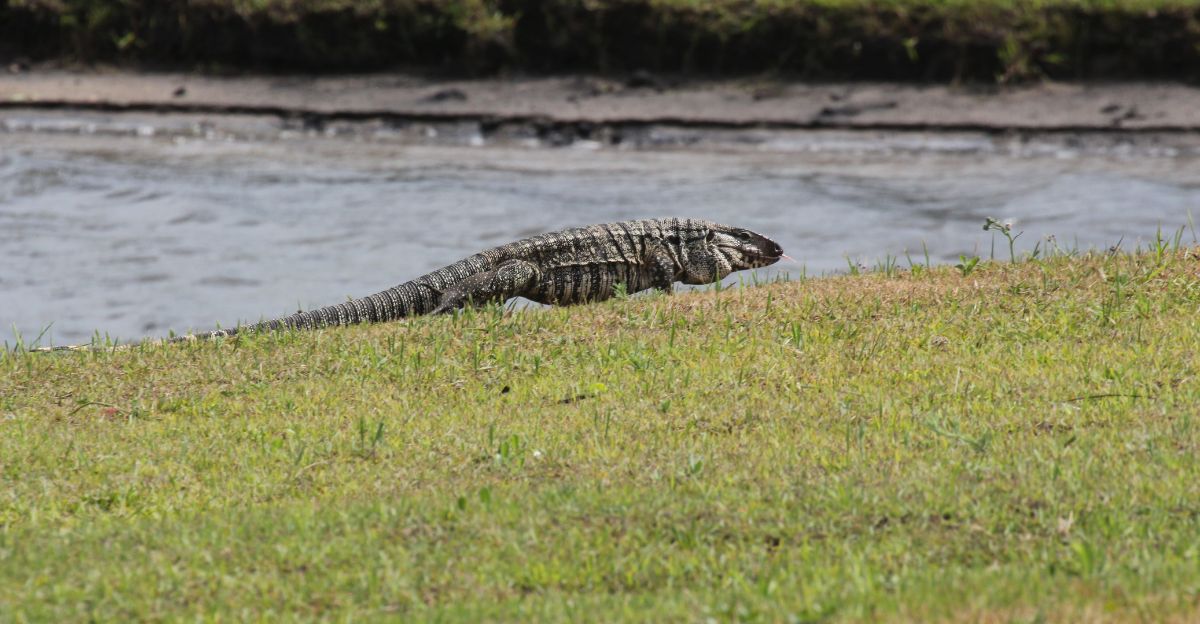
Ultimately, the story is one of resilience, vigilance, and communal reaction. The park’s quick action, the cooperation of hikers, and the use of social media averted a larger tragedy. As invasive species continue to challenge our assumptions and push our ecosystems to the limit, stories like this one highlight that the battle to preserve balance is ongoing—and that each warning, each sighting, and each well-informed choice matters.







